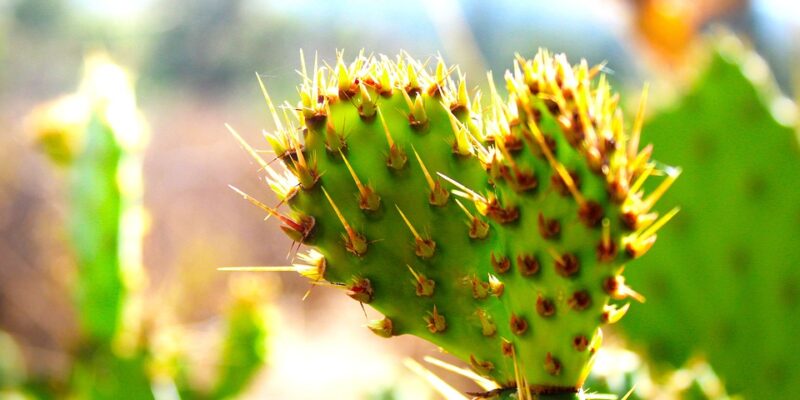Adaptations in the Animal Kingdom: Survival Strategies in the Wild
Introduction
Adaptation is a key concept in biology that refers to the processes by which organisms evolve in response to their environment in order to survive and reproduce. In the animal kingdom, adaptations take many forms and play a vital role in the success of species in the wild. From camouflage to extreme physical traits, animals have developed a wide range of survival strategies to help them thrive in their habitats.
Camouflage
One of the most common adaptations seen in the animal kingdom is camouflage. Many animals have evolved to blend in with their surroundings in order to avoid predators or sneak up on prey. This can take the form of coloration that matches their habitat, such as the white fur of polar bears in snowy environments, or patterns that mimic the texture of their surroundings, like the stripes of a zebra in tall grass.
Some animals have even developed the ability to change their color or pattern to match their environment, such as chameleons or octopuses. These adaptations help them hide from predators and increase their chances of survival in the wild.
Physical Adaptations
Animals have also evolved a wide range of physical adaptations to help them survive in their environments. Some animals have developed extreme forms of physical traits, such as the long neck of a giraffe, which allows them to reach high branches for food, or the strong wings of a bald eagle, which enable them to soar to great heights.
Other animals have developed specialized appendages or body parts that help them navigate their habitats, such as the webbed feet of ducks for swimming or the sharp claws of a cheetah for hunting. These physical adaptations are essential for the survival of species in the wild, as they allow animals to perform specific tasks that increase their chances of survival.
Behavioral Adaptations
In addition to physical adaptations, animals have also developed a variety of behavioral adaptations to help them survive in the wild. These behaviors can include anything from mating rituals to hunting strategies to communication methods.
One common behavioral adaptation is the establishment of social structures within animal groups, such as herds of elephants or packs of wolves. By working together in groups, animals can increase their chances of survival by hunting cooperatively, protecting one another from predators, and caring for young.
Other animals have developed unique mating rituals or communication methods to attract mates or warn of danger. For example, the elaborate dances of birds of paradise or the loud calls of howler monkeys are both examples of behavioral adaptations that help animals survive and reproduce in their environments.
Specialized Diets
Another key adaptation in the animal kingdom is the development of specialized diets. Many animals have evolved to eat specific types of food based on the resources available in their habitats. This can include everything from herbivores that eat plants to carnivores that hunt other animals for food.
Some animals have even developed highly specialized diets, such as the giant panda, which almost exclusively eats bamboo, or the anteater, which feeds primarily on ants and termites. These adaptations allow animals to exploit unique food sources and reduce competition for resources in their environments.
Extreme Environments
Some animals have evolved to thrive in extreme environments that would be uninhabitable to most other species. From the freezing temperatures of the Arctic to the scorching heat of the desert, these adaptations allow animals to survive and reproduce in the harshest conditions on Earth.
One example of an extreme environment adaptation is the ability of certain fish species to survive in the deep sea. These fish have developed special adaptations such as bioluminescence, high pressure tolerance, and the ability to withstand long periods without food. These adaptations allow them to thrive in the deep ocean where few other species can survive.
Conclusion
Adaptations in the animal kingdom are a testament to the incredible diversity and ingenuity of life on Earth. From camouflage to physical traits to behavioral strategies, animals have developed a wide range of survival strategies to help them thrive in their habitats. These adaptations not only allow animals to survive and reproduce in the wild but also play a vital role in the balance of ecosystems around the world. By studying and understanding these adaptations, we can gain a greater appreciation for the complex relationships between animals and their environments.
